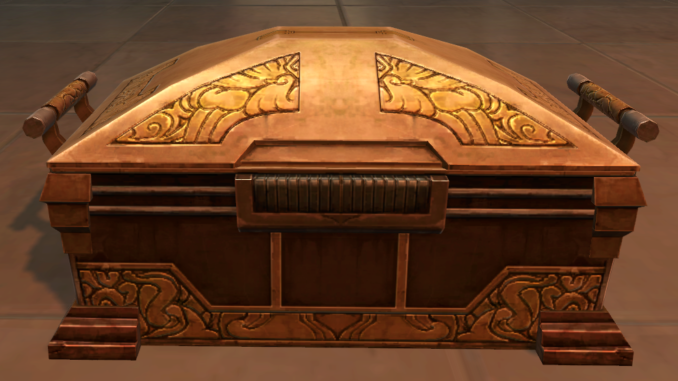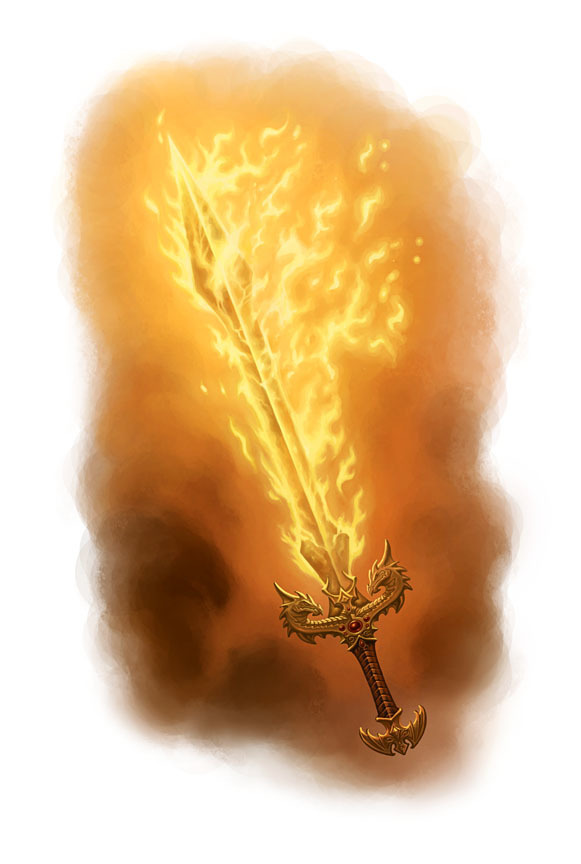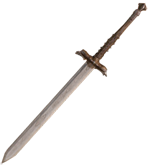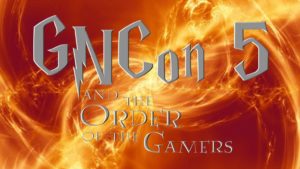
Last year I wrote a piece about the way Doctor Strange approached the concept of magical items within the greater MCU – relics were items that were created by sorcerers of old to contain the power of a spell that was either too potent or too unstable to be sustained on its own. This last week, I had the movie on in the background and I was reminded of the piece. At the time, I didn’t have much experience with 5th Edition Dungeons and Dragons, but the more I thought about the idea, the more I realized that it was probably the perfect fit – the game isn’t designed with the idea that a character need to have x bonus by y level to keep up with z threat as older editions were. The math is much flatter, meaning a +1 bonus is going to be more meaningful throughout much of an adventurer’s career. In fact, the common logic I have seen from those that have done much more work with the game than I have is that a character doesn’t need a permanent magical item until 5th or 6th level (depending on the type of game you run). Armed with this knowledge, I’m launching a new semi-regular feature as a part of the greater Workshop experience ™ to explore some of the permanent magical items in the 5th Edition Dungeon Master’s Guide as relics.
As explored in the previous article, this approach to magical items requires a different thought process behind doling out magical items. Consumable magical items such as potions, oils, and spell scrolls are treated no differently than they normally would, and can be crafted by anyone with the talent. But creating a permanent magical item should be a character quest that takes some serious investment and sacrifice and finding one should be a special moment within the campaign. You may find several potions of healing along with an oil of slipperiness on a fallen enemy assassin, but instead of finding an Oathbow within the beholder’s treasure vault, they find the Oathbow, created by an elven hunter turned warrior that used the weapon to hunt down and kill the orcs that destroyed his tribe, imbuing the weapon with a hatred that lived on after he was dead. With this approach, the GM should decide early on if magical items like spell wands are going to be treated as permanent magical items or consumable and adjust the rarity and availability of them accordingly as well as removing or limiting their ability to regain charges. As you’ll see below, this approach can work for basic enhanced items as well as unique items, creating a unique item within the world even though it might mechanically be the same as an item that another character carries. There might be hundreds of magical daggers in the realm, but there is only one Rabbit Slayer.

The Dragon’s Heart (Flame Tongue Longsword)
Lusted after by warriors of every stripe, this blade has a rich history despite having been forged only several centuries ago, relatively young by relic standards. It was forced by a powerful wizard deep within an active volcano. When the blade was still hot from the forge, it was thrust into the still beating heart of a red dragon. Powerful magics were cast to bind the power of fire that dwelt within the heart of the volcano and within the heart of the dread beast. In the years since it’s forging, the sword has passed through countless warriors carving a violent and bloody swathe across the lands.
The Entertainer’s Suit (Glamoured Studded Leather)
This suit of armor was created by a fey lord and gifted to his favorite bard to protect himself in the intrigues of courtly life, both at home and afar. Into the leather, he poured his natural talent for illusion allowing his agent to blend in regardless of where he traveled. The suit of armor was lost along with the bard several years after its creation and has surfaced from time to time in the most unlikely of places.
Shadow Mail (Plate Armor of Etherealness)
This suit of plate armor was created from a vein of ore that had grown into the ethereal plane through some cosmic mishap. The result was a suit of armor that was infused by the nature of the planes, allowing the wearer to slip through the veil for a short time into the ethereal plane. No one knows who crafted the armor originally, but it is commonly believed to be the work of a dwarven smith and an elven artisan working in tandem. Each race likes to claim that they created it on their own, but the elves know they could not have worked the ore with the skill necessary to forge the unique metal, and the dwarves know that they could not have crafted the final result with the artistry that it carries.
Yusaris (Dragon Slayer Greatsword)

This greatsword was named after its wielder, the famed dragon hunter Yusaris Gelraad who lived in the distant past. It is unknown how many of the dread beasts have met their fate at the end of this weapon, and it is unknown how many warriors were killed trying to follow in the hero’s footsteps. But the weapon has been found in any number of dragon hordes over the centuries. How this weapon came by its power is a mystery, even to the most learned of sages. The most commonly accepted theory is that the belief in the legend of Yusaris is what makes his namesake blade anathema to dragons and their kin.
Bulwark of the Temple (+2 Shield)
This shield is actually covered in a thin layer of stone taken from the largest temple to Heironeous in the land and has been blessed by the god. Typically gifted to crusading paladins or clerics of the church, this shield has also been loaned out in times of great need to those not of the church, usually with the understanding that if the god helps with the wielder’s cause, they will convert to the church upon returning victorious.


This is my favorite way to create magic items. I feel that no item should ever go nameless.
I mean, unless it was the last blade forged by the Fire Wizards of Lava Mountain, the last of whom pulled it from the forge, still glowing hot, to fight for his life against the hero who came to end their wicked deeds.